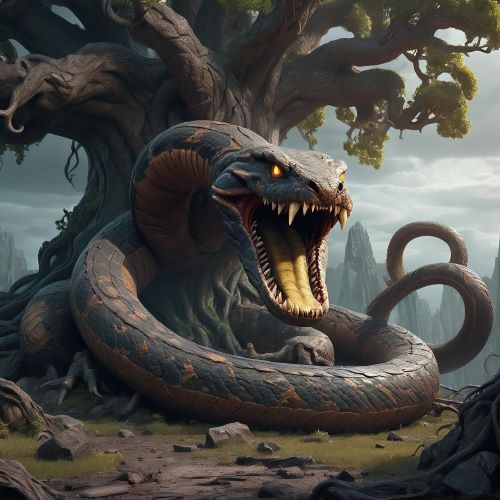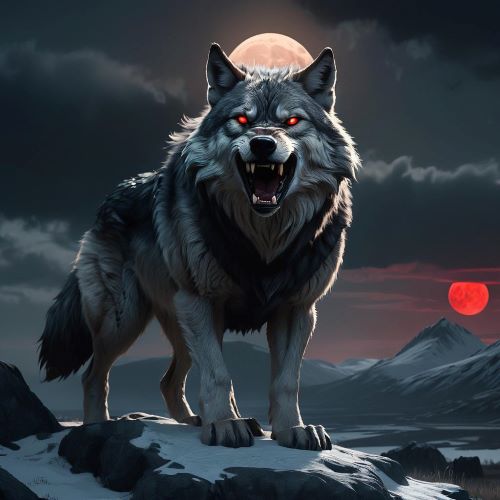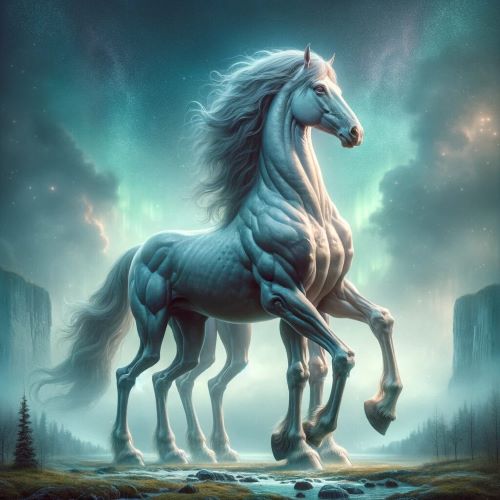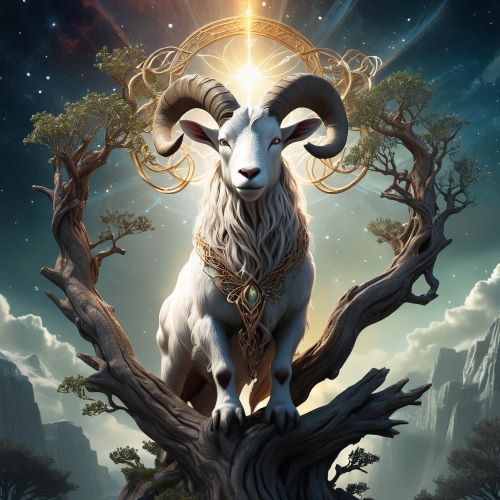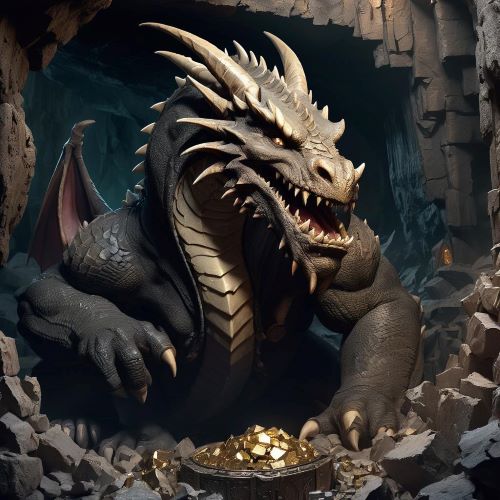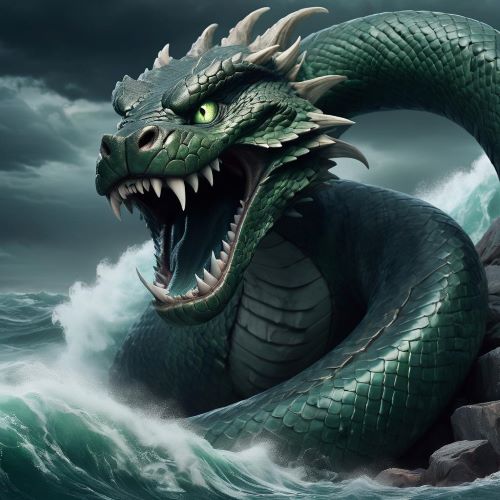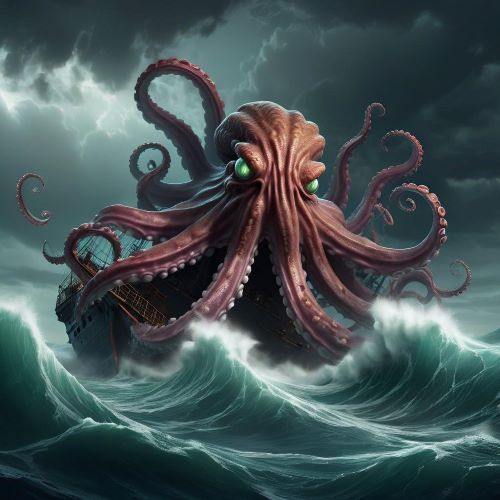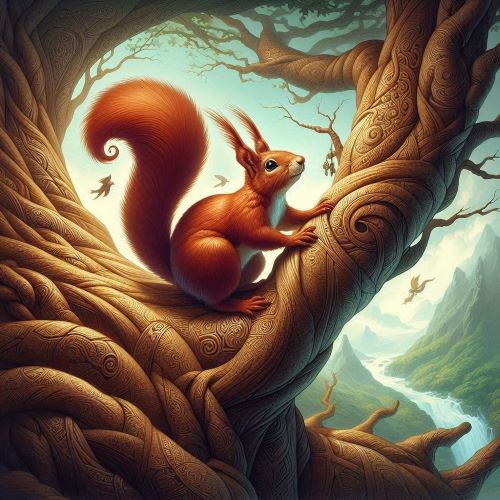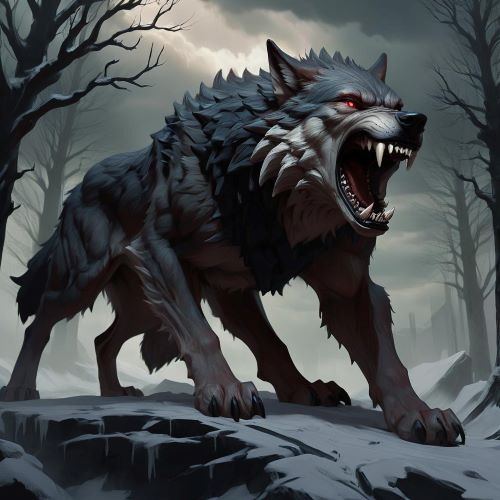Northern European Animals
Northern European Animals hold a vital place in the myths of Finnish, Sámi, Icelandic, Estonian, and Norse traditions, where creatures of the natural world often embodied divine qualities. These animals were never seen as ordinary beings but as sacred messengers, guardians, and companions of gods, heroes, and shamans. From mighty bears and wolves to mystical serpents and birds, the creatures of Northern Europe symbolized strength, wisdom, and the mysteries of nature. Through epic tales and spiritual practices, they connected people to the forces that governed both the seen and unseen worlds.
In Finnish mythology, the bear was revered as a sacred animal, often called “the forest’s son.” Far from a predator to be feared, the bear represented ancestral power and protection, honored in rituals and songs. In Sámi traditions, reindeer held equal importance, symbolizing survival, migration, and harmony with the harsh northern landscape. These animals were not only sources of life but also spiritual guides, bridging the gap between human communities and the sacred forces of nature.
Icelandic and Norse traditions are rich with depictions of wolves and ravens, creatures deeply tied to fate and prophecy. Odin, the Allfather, was accompanied by his ravens Huginn and Muninn, who carried thought and memory across the world. Wolves, meanwhile, were central figures in Norse mythology, from the monstrous Fenrir, destined to bring chaos at Ragnarök, to the loyal companions Geri and Freki, who symbolized loyalty and primal strength. These animals represented the dual nature of life: protective yet destructive, wise yet fearsome.
Estonian folklore also holds animals in high regard, with birds often serving as messengers of fate and omens of change. The black grouse and the cuckoo carried symbolic meanings tied to time, destiny, and renewal. Snakes, too, were seen as sacred beings, embodying rebirth and continuity with the earth itself. Just as in the myths of their northern neighbors, Estonian stories reveal a world where animals were deeply intertwined with human destiny, shaping rituals and beliefs for centuries.
Today, Northern European Animals remain powerful symbols, their myths surviving in literature, art, and modern storytelling. Whether in fantasy novels, films, or cultural festivals, the bear, raven, wolf, and serpent continue to inspire awe. These animals remind us of humanity’s ancient respect for nature and its forces, showing that even in a modern world, the creatures of Northern European mythology still carry timeless lessons about strength, survival, and the sacred bond between humans and the natural world.
Northern European Animals hold a vital place in the myths of Finnish, Sámi, Icelandic, Estonian, and Norse traditions, where creatures of the natural world often embodied divine qualities. These animals were never seen as ordinary beings but as sacred messengers, guardians, and companions of gods, heroes, and shamans. From mighty bears and wolves to mystical serpents and birds, the creatures of Northern Europe symbolized strength, wisdom, and the mysteries of nature. Through epic tales and spiritual practices, they connected people to the forces that governed both the seen and unseen worlds.
In Finnish mythology, the bear was revered as a sacred animal, often called “the forest’s son.” Far from a predator to be feared, the bear represented ancestral power and protection, honored in rituals and songs. In Sámi traditions, reindeer held equal importance, symbolizing survival, migration, and harmony with the harsh northern landscape. These animals were not only sources of life but also spiritual guides, bridging the gap between human communities and the sacred forces of nature.
Icelandic and Norse traditions are rich with depictions of wolves and ravens, creatures deeply tied to fate and prophecy. Odin, the Allfather, was accompanied by his ravens Huginn and Muninn, who carried thought and memory across the world. Wolves, meanwhile, were central figures in Norse mythology, from the monstrous Fenrir, destined to bring chaos at Ragnarök, to the loyal companions Geri and Freki, who symbolized loyalty and primal strength. These animals represented the dual nature of life: protective yet destructive, wise yet fearsome.
Estonian folklore also holds animals in high regard, with birds often serving as messengers of fate and omens of change. The black grouse and the cuckoo carried symbolic meanings tied to time, destiny, and renewal. Snakes, too, were seen as sacred beings, embodying rebirth and continuity with the earth itself. Just as in the myths of their northern neighbors, Estonian stories reveal a world where animals were deeply intertwined with human destiny, shaping rituals and beliefs for centuries.
Today, Northern European Animals remain powerful symbols, their myths surviving in literature, art, and modern storytelling. Whether in fantasy novels, films, or cultural festivals, the bear, raven, wolf, and serpent continue to inspire awe. These animals remind us of humanity’s ancient respect for nature and its forces, showing that even in a modern world, the creatures of Northern European mythology still carry timeless lessons about strength, survival, and the sacred bond between humans and the natural world.





